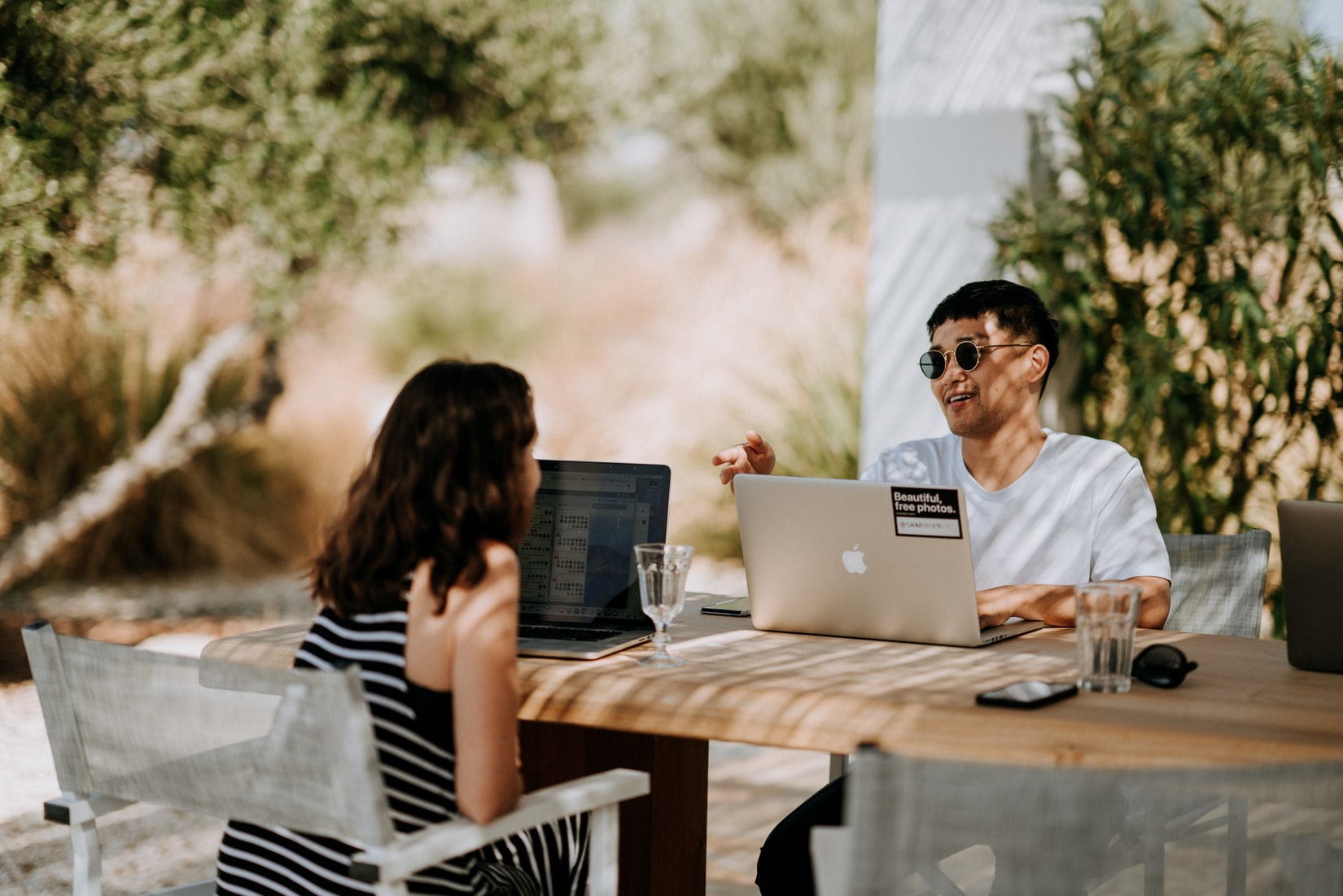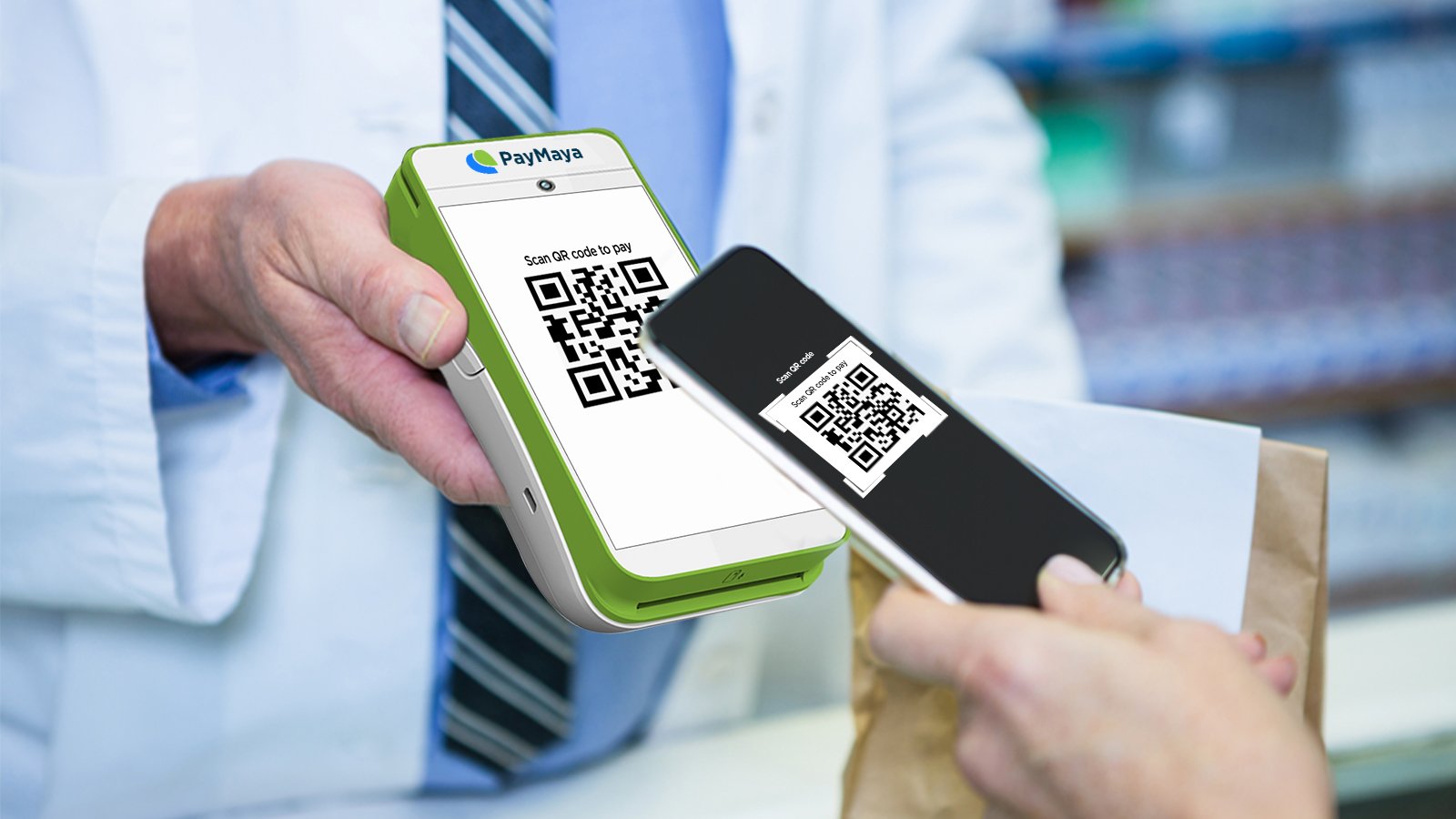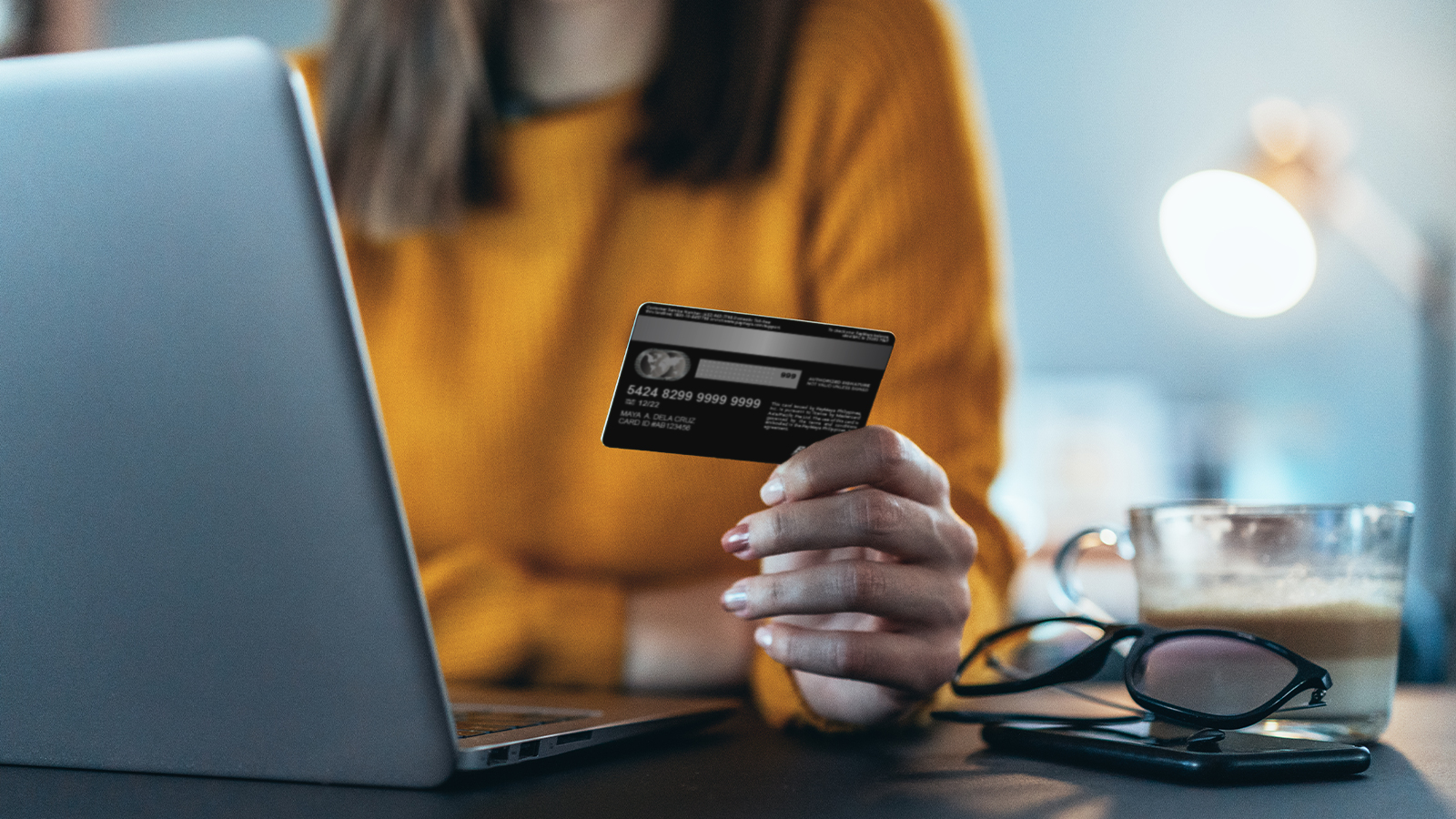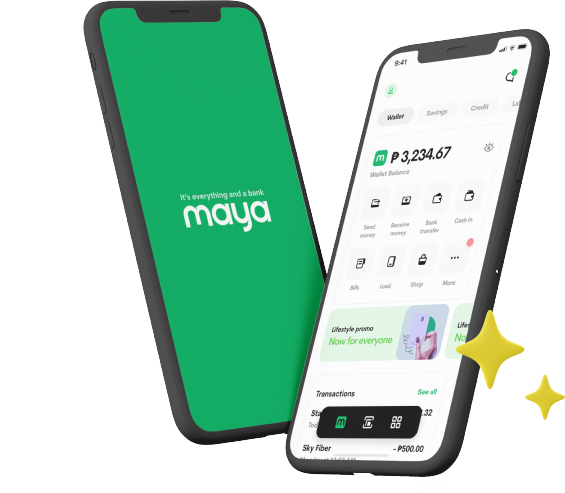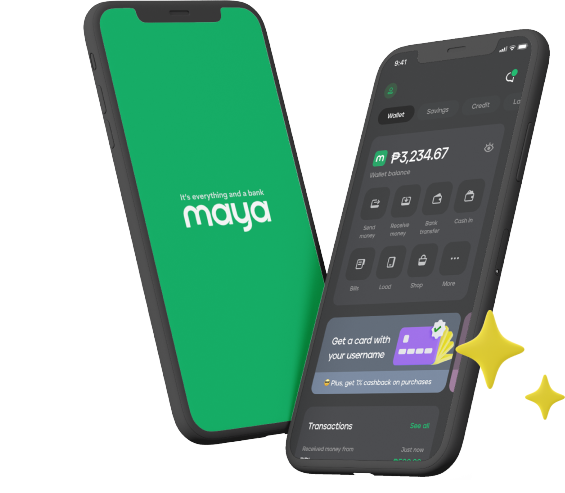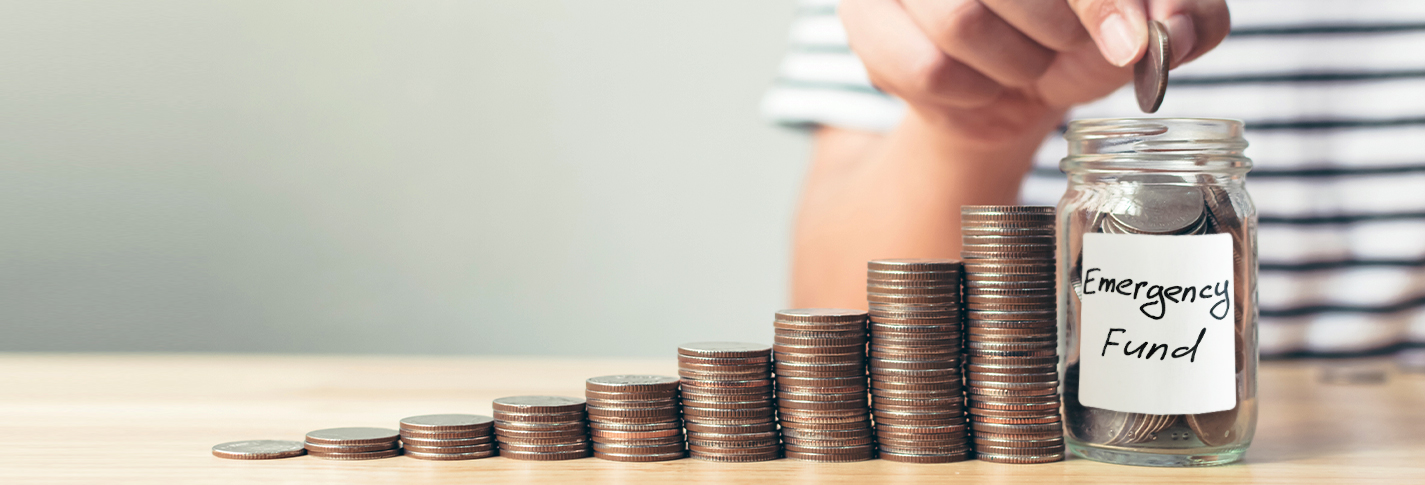
Life is filled with unexpected things, and unfortunately, not all of them are good things. Accidents could happen when you least expect them. Natural disasters like typhoons and earthquakes can strike at any moment, causing you to lose some of your most prized possessions. You might also lose your job without warning, or somebody in your family might get sick suddenly.
Such happenstances can also cost you a lot of money, which makes financial contingency planning all the more important. . Specifically, an emergency fund is intended to help you deal with such situations while helping you remain financially stable. It’s an available pool of money you can tap into when the unexpected happens. Aside from assurance and security, it can help you avoid incurring debts and resorting to other desperate measures just to keep yourself afloat financially.
However, you should be aware that building an emergency fund is a long process, and it takes a lot of discipline and self-control. However, there are many modern solutions that can help you get started and set you on the right track toward building such a fund.. For example, Maya, a pioneer in mobile money and cashless payments in the Philippines, offers numerous deals, discounts, rebates, and other features that will allow you to save more money in the long run. .
Steps to Building Your Own Emergency Fund
Building an emergency fund seems simple enough until you do the math. Depending on your income and how much you’re willing to allot for your savings, your emergency fund may take years to build. You may not also be sure how much you should save or how you’re going to save that amount.
If these are some of your concerns, there’s no need to be worried. In this short guide, we’ll fill you in on some of the steps you can take to start building your own emergency fund today.
1. Set a Goal
You can’t plan without knowing what you want to achieve. In this case, the primary question is: “How much should I save?”
As a rule of thumb, an emergency fund must comprise at least three months’ worth of living expenses. Ideally, however, you should aim to set aside at least six months’ worth of living expenses in case you get into a really big financial difficulty. This means that if your family’s monthly expenses reach PHP 10,000.00 each month, your emergency fund should be at least PHP 60,000.
2. Pay Yourself First as Soon as You Get Your Monthly Income
People often make the mistake of seeing savings as the “leftovers” they get after spending most of the income they earn. However, in order for you to actually save a decent amount of money—whether for your emergency fund, your retirement fund, or your general savings—you need to make it a habit to keep part of your monthly income first before spending the rest on necessities and wants. . Once you receive any form of income, you should set aside a percentage of it for your savings and your emergency fund. This way, you won’t be tempted to chip away at the money you’re supposed to be saving for your future or for unforeseen financial difficulties.
3. Draw the line Between Your Savings and the Money You’ll Spend for Daily Expenses
Saving is a lot easier when you have separate bank accounts designated for your general savings, your emergency fund, and your daily expenses. The main idea behind this is that you channel your money into specific funds for specific needs.
However, considering that most bank accounts require a maintaining balance, it can be difficult to open multiple bank accounts at once. Nonetheless, there are other financial options you can explore in order to create a separate fund for your daily expenses. One of these is opening a Maya account.
You don’t need to pay anything to open a Maya account. Just download the app and sign up with your mobile number. You can deposit money into your Maya account through various channels, including remittance centers (e.g. Palawan Pawnshop) and convenience stores (e.g.. 7-Eleven and Ministop). As you can imagine, you can channel part of your money to this Maya account, which you can then use to pay for a lot of your daily expenses.
Fast, easy, and free — Maya allows you to enjoy the convenience of cashless transactions for your everyday needs while ensuring that you are saving money in your main bank account. Moreover, you also get to enjoy a lot of deals like rebates and discounts when you use your Maya account to pay for products and services. This means you get to save even more money for your future.
4. Start Saving Small Amounts First
Depending on your goal, it might be difficult to save a good amount of money with a low income. To relieve yourself of the pressure, consider going slow initially. Save a small percentage of your salary first, and check if you can manage to increase it later on. Remember that saving is often a long process, but the important thing is for you to start doing it as soon as possible.
5. TrackYour Expenses
One of the best ways to keep your expenses in check is by tracking them. While planning a budget, know your priorities so you can set aside funds for more important expenses first like food, transport, and utilities. Afterwards, you can set aside a daily “allowance” for you to use on other expenditures. Setting a specific amount for your daily needs will prevent you from spending more than you need to.
However, it’s inevitable to incur extra expenses, like when you decide to eat out with friends or buy something that a member of your family might need or want. Keeping tabs on your expenses will give you a clear understanding of your current financial situation and help you adjust expenses till your next income. In this manner, you can prevent yourself from dipping your hands into your emergency fund.
6. Make Saving a Lifestyle.
It’s not enough to make a habit of saving; you need to make it a lifestyle. For example, if you realize that you often eat out during lunchtime at work,s you can decide to buy cheaper meals to cut back on your food expenses. However, it doesn’t change the fact that eating out generally costs a lot more than packing lunch from home. If you want to significantly reduce your expenses, you need to start packing your own food. This type of thinking is applicable even to other types of expenditures, be it when it comes to buying groceries, using utilities, and taking vacations. You always have to learn to cut back and find substitutes for costly activities.
Overall, saving takes a lot of time and patience. It takes self-control and the formation of new habits—and even an entirely new lifestyle.. As such, it is important to make that paradigm shift in the way you think about money, even as you make the most of all available solutions that come your way.. While the temptation to spend might be great, your future self will thank you for having the foresight to save for emergencies.
You might also like
These Stories on Financial Literacy
